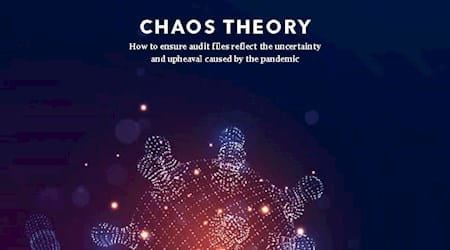Risk assessments are a critical part of financial statement audits. But they have long posed challenges to auditors. The revised ISA 315 came into effect in December 2021 with the aim of driving better quality and more consistent risk assessments, as well as promoting the exercise of professional scepticism. The revisions have required firms of all sizes to revise their approach to risk assessments.
If you’re new to audit or would like a refresher, take a look at the main changes contained within the revised standard.
Our ISA 315 - Intelligent Auditing: Robust Assurance webinar also provides practical tips on how to apply the ISA.
Where are we now?
This Audit & Beyond article explores how some of the key elements of the revised standard have related to the business landscape in practice in Identifying and addressing risks of material misstatement.
But, how have auditors found the change? ISA 315: Assembling the building blocks shares insights, impressions and lessons learned from first-time adoption, based on the experiences of auditors. For a deeper dive, listen again to the full ISA 315 webinar.
Looking at specifics
The revisions to ISA 315 have a strong focus on IT and general IT controls. These articles take a closer look at this particular risk and how IT is used in audit more generally:
- ISA 315, the entity's IT systems and related risks
- How auditors can meet the client tech challenge
- Understanding the group's use of IT
Rhodri Whitlock also looks at how auditors can leverage the combined guidance of ISA 315 and ISA 530 to decide on the most appropriate sample sizes in Sample sizes and caps: how much is enough? If you have further questions about sampling Making sense of sampling provides the answers.
The revised ISA 315 features five new inherent risk factors, which include subjectivity. This article on Intuitive judgements and how to improve them will help you manage and mitigate biases, as will our free-to-members practical elearning programme Applying Professional Judgment in Audit.


